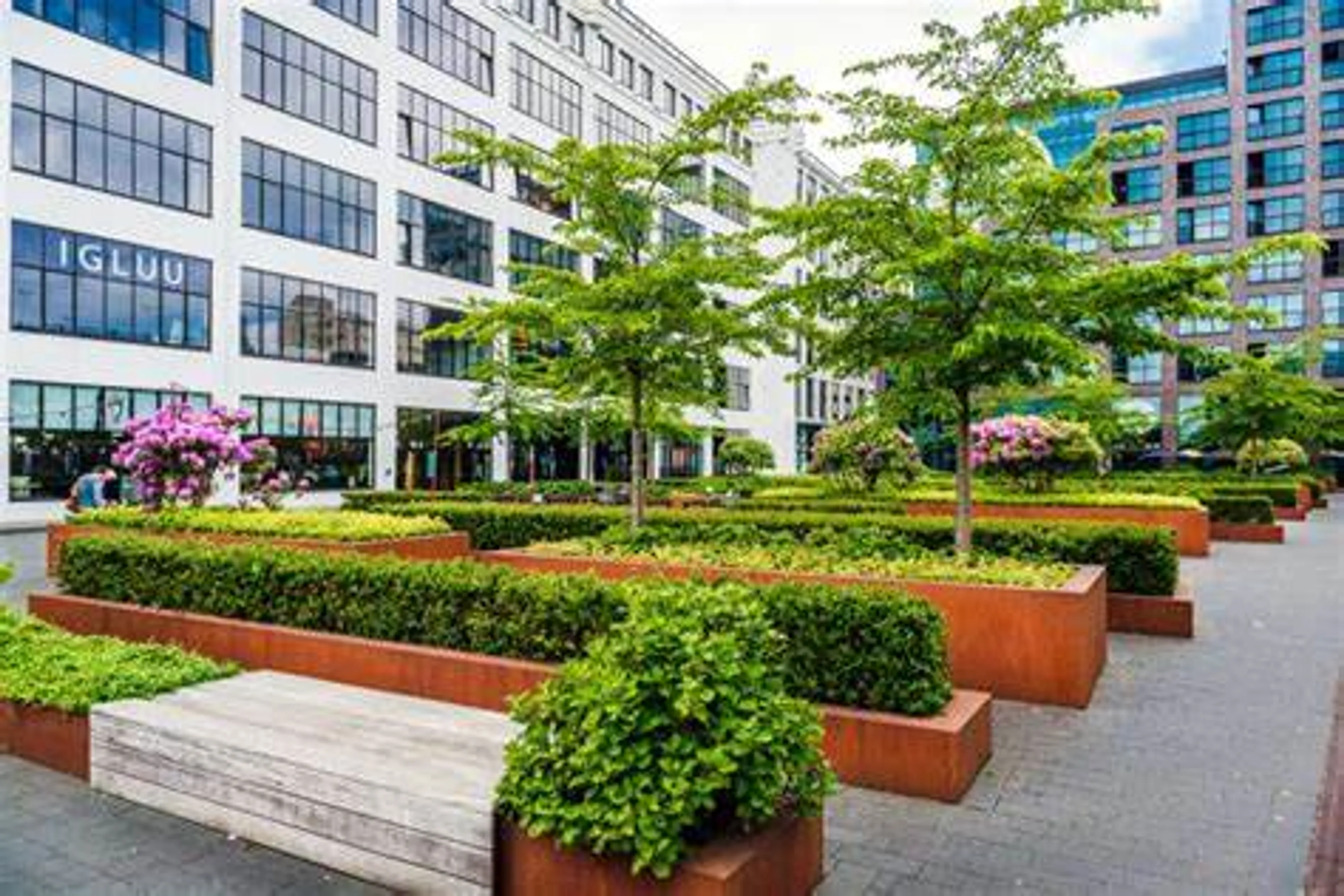
Ecosystems are the intricate web of life on Earth, where various species coexist and interact in a delicate balance. At the heart of these ecosystems are green plants, which play a pivotal role in maintaining the health and stability of our natural world. In this exploration, we will delve into the significance of green plants in protecting our ecosystems and the consequences of neglecting their preservation.
The Keystone of Ecosystems
Green plants, from towering trees to tiny mosses, are the foundation of most terrestrial and aquatic ecosystems. Through photosynthesis, they convert carbon dioxide and sunlight into oxygen and energy-rich organic compounds. This process not only sustains plant life but also provides the foundation for all other life forms in these ecosystems.
Habitat Creation and Stabilization
Green plants are ecosystem engineers, shaping and stabilizing habitats for countless species. Forests provide shelter for birds and mammals, while coral reefs are the intricate homes of various marine organisms. Plant roots help prevent soil erosion, preserving the integrity of landscapes and protecting water quality in rivers and streams.
Food Sources and Nutrient Cycling
Plants serve as primary producers, forming the base of food chains and webs. Herbivores feed on plants, and carnivores, in turn, feed on herbivores. The diversity of plant species directly impacts the diversity of herbivores and, subsequently, the diversity of predators. Moreover, plants play a pivotal role in nutrient cycling, releasing essential elements like nitrogen and carbon back into the ecosystem, promoting soil fertility, and sustaining aquatic ecosystems.
Biodiversity and Resilience
Green plants contribute to the biodiversity of ecosystems, providing diverse niches for other organisms. A rich variety of plant species supports a wide range of animals, fungi, and microorganisms. This diversity enhances ecosystem resilience, making them more resistant to disturbances such as disease outbreaks and climate change.
Carbon Sequestration and Climate Regulation
Green plants play a critical role in climate regulation. They absorb carbon dioxide, a greenhouse gas, from the atmosphere during photosynthesis. This process helps mitigate climate change by reducing the concentration of carbon dioxide, a key driver of global warming.
Challenges to Green Plant Preservation
Despite their fundamental importance, green plants and the ecosystems they support are facing numerous challenges. Deforestation, habitat destruction, urbanization, and pollution threaten plant species and the stability of ecosystems. Invasive species can outcompete native plants, disrupting established ecological relationships. Climate change is altering the distribution of plant species and impacting their ability to thrive.
Conservation Efforts and Strategies
Efforts to protect green plants and ecosystems involve a multifaceted approach. Conservation organizations work to establish and manage protected areas, promote sustainable land and water use, and combat illegal trade in plants and wildlife. Education and outreach programs aim to raise awareness and build public support for conservation efforts.
Local and Global Initiatives
Both local and global initiatives play a crucial role in safeguarding ecosystems. At the local level, community-based conservation efforts engage residents in preserving their natural heritage. Globally, agreements like the Convention on Biological Diversity strive to set targets and policies to conserve and sustainably use biodiversity at the international level.
Conclusion: Guardians of Our Natural World
Protecting our ecosystems is not just an environmental concern; it's a moral imperative for the well-being of current and future generations. Green plants are the unsung heroes of our ecosystems, playing a central role in sustaining life on Earth. By recognizing their significance and taking collective action to protect them, we can ensure a harmonious and thriving planet where biodiversity remains a source of wonder, inspiration, and sustenance for all.



